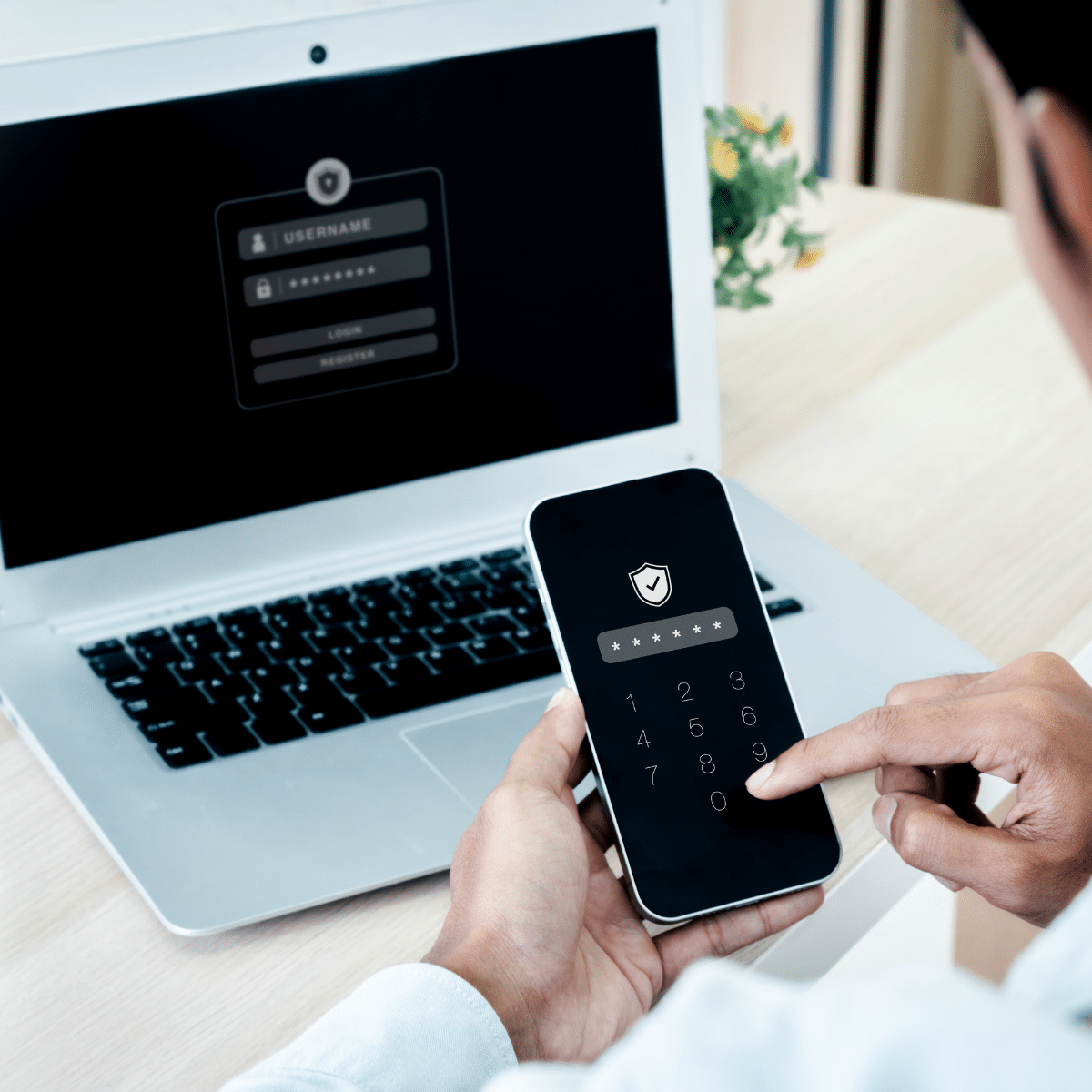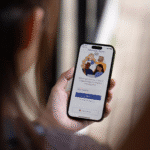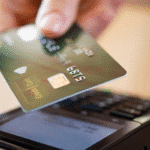Discover why two-factor authentication (2FA) is essential for protecting your business from cyber threats. Learn the benefits, risks, and best practices for stronger security.
This blog will explain what two-factor authentication is, why it’s essential, and how your business can put it into practice.
Two-factor authentication adds an extra layer of protection to your accounts. Instead of logging in with just a username and password, you also need to provide a second form of verification.
Common examples include:
This means that even if a hacker has stolen your password, they still can’t access your account without the second verification factor.
Passwords used to be the standard defence against online attacks, but they are increasingly vulnerable. Here’s why relying on passwords alone is a risky strategy:
Adding 2FA means that even if your password is compromised, the attacker still cannot gain access without your second form of identification.
To understand the importance of two-factor authentication, it’s helpful to look at what can happen without it.

Two-factor authentication (2FA) is one of the most cost-effective security measures. It doesn’t require expensive new systems — it can usually be enabled within existing platforms.
With staff accessing company systems from home, cafés, or co-working spaces, 2FA ensures that only authorised users can log in.
Many regulations, including the GDPR, PCI DSS, and ISO standards, require businesses to implement robust security measures to protect their data. 2FA helps meet these obligations.
Cyber attacks are expensive. The cost of downtime, data recovery, and legal consequences can cripple small businesses. 2FA reduces this risk dramatically.
Clients and customers want reassurance that their data is safe. By enabling two-factor authentication (2FA), you demonstrate a commitment to security that strengthens your reputation.
Implementing two-factor authentication (2FA) doesn’t need to be complicated. Here’s a step-by-step approach:
Start with email accounts, cloud storage, CRM systems, and financial platforms. These are the most common targets.
While SMS-based codes are a good start, authenticator apps or hardware tokens offer stronger protection.
Provide clear instructions on how to set up and use two-factor authentication (2FA). Ensure staff understand not only how to use it, but also why it's essential.
Require two-factor authentication (2FA) for all remote logins and sensitive accounts. Make it non-negotiable for admin accounts.
Technology changes quickly. Reassess your security measures at least annually to ensure they’re still effective.
At Silver Lining, we make it simple for businesses to strengthen their security with two-factor authentication. Our team can:
Whether you’re a small business taking your first steps into Microsoft 365 or a larger organisation looking to tighten your security, we’ll make sure your accounts and data are appropriately protected.
While two-factor authentication requires two layers of security, many organisations are now moving to multi-factor authentication (MFA), which can include three or more verification methods.
For example, a login might require:
This approach offers even greater protection and is likely to become the new standard for sensitive industries.
Cybercrime is constantly evolving, but so too are the tools used to combat it. Two-factor authentication is one of the simplest and most effective steps you can take to protect your accounts and data.
Whether you’re an individual trying to secure personal logins or a business responsible for client information, enabling two-factor authentication (2FA) is no longer optional; it’s essential.
If your organisation hasn’t yet adopted two-factor authentication across all accounts, now is the time to act.
1. What is an example of two-factor authentication?
Two-factor authentication (2FA), also known as multi-factor authentication (MFA), is a security method that requires two different forms of identity to access an account or system, adding a critical second layer of security beyond a password to prevent unauthorised access.
2. What’s the difference between 2FA and MFA?
2FA uses two verification methods. MFA uses two or more, offering even stronger protection.
3. Can 2FA be bypassed?
Yes, but it’s much harder. Most attackers will move on to an easier target rather than attempt to bypass two-factor authentication (2FA).
4. Does 2FA slow down users?
Not significantly. Most authenticator apps generate codes instantly. The extra step only takes a few seconds.
5. Should small businesses bother with 2FA?
Definitely, small businesses are often targeted because criminals assume they have weaker security. Two-factor authentication (2FA) provides strong protection at a minimal cost.

